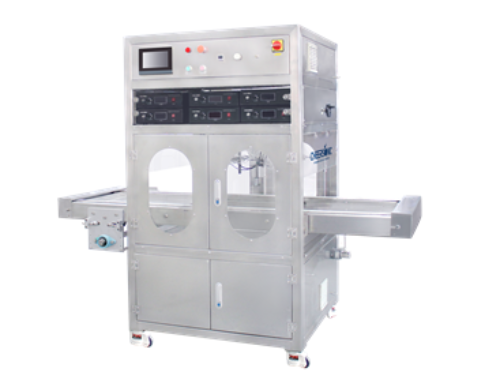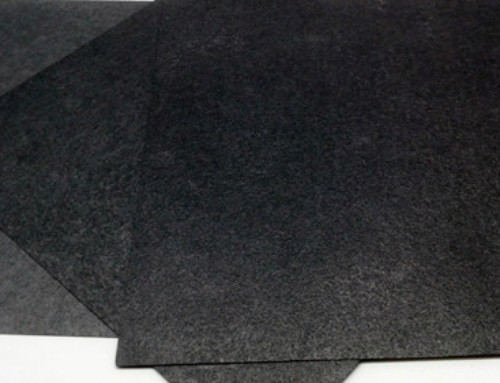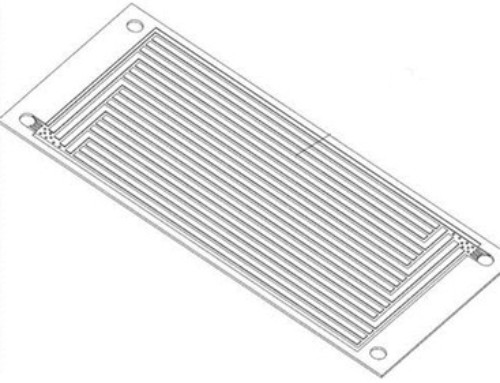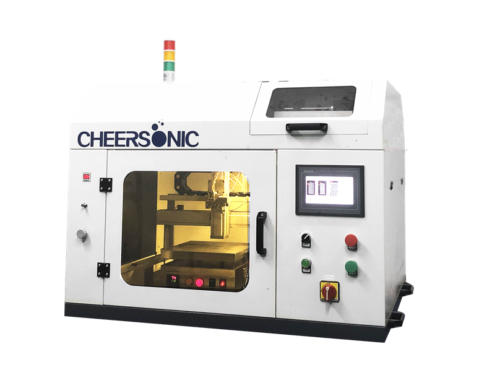Project Description
Proton Exchange Membrane
The proton exchange membrane is the solid electrolyte of PEMFC. Automotive PEMFC has very strict requirements for proton exchange membranes, which must have good proton conductivity, good thermal and chemical stability, low gas permeability, moderate moisture content, high mechanical strength and structural strength, etc., and react to hydrogen. , Oxygen reduction reaction and hydrolysis are stable, and the membrane surface has strong adhesion to the electrocatalyst and has a long service life.
The U.S. Department of Energy (DOE) in 2013 announced the 2020 performance target value of PEMFC proton exchange membranes for vehicles in the transportation field, specifically: the maximum hydrogen and oxygen permeability 2mA/cm2 (0.1MPa, 80℃, hydrogen or oxygen fully wetted); Conductivity 0.02Ω/cm2 (80℃, water pressure 25~40kPa), 0.03Ω/cm2 (30℃, water pressure 4kPa), 0.2Ω/cm2 (-20℃); maximum allowable working temperature 120℃; minimum surface resistance 1000Ω/cm2; durability, mechanical strength 20,000 cycles (cycle to hydrogen permeability not greater than 15mA/cm2), chemical strength not less than 500h (ORR cycle to oxygen permeability of 15mA/cm2), mechanical-chemical strength 20,000 (ORR cycle To oxygen permeability 15mA/cm2). Some properties of the best proton exchange membranes currently on the market have reached or exceeded DOE’s 2020 goals, such as mechanical durability reaching 23,000 times.
The physical properties such as the thickness, proton exchange capacity, tensile strength, water content, and swelling degree of the proton exchange membrane, as well as electrochemical properties such as proton conductance and areal resistance, all have a great impact on the performance of automotive fuel cells. The thinner the membrane, the lower the mass per unit area, the smaller the conductivity of the membrane, the lower the ohmic polarization effect, and the greater the volumetric power density of the manufactured fuel cell. However, the membrane is too thin, the mechanical strength decreases, the gas permeability increases, the lifespan is shortened, and the safety decreases. The water content of the membrane affects the proton transfer capacity and also affects the dissolution and diffusion of oxygen in the membrane. The water content is high, the proton conductivity increases, but the penetration of oxygen is strengthened, and the strength of the membrane decreases. In addition, the degree of film swelling, which reflects the degree of film deformation, is also related to the water content of the film. The degree of swelling is not appropriate. The film will be damaged due to excessive deformation due to swelling and shrinkage during water absorption and dehydration, resulting in battery damage.
Hydrogen fuel cells begin to have broader application prospects because of the use of this solid electrolyte. The continuous advancement of proton exchange membrane technology has continuously improved the performance of PEMFC. In the 1960s, the polystyrene sulfonic acid type proton exchange membrane developed by General Electric Company (GE) was used in the fuel cell on board spacecraft of the National Aeronautics and Space Administration (NASA), but its stability was poor. Promote applications. Later, General Motors cooperated with DuPont, relying on DuPont’s patented technology of Nafion resin, and developed a perfluorosulfonic acid type proton exchange membrane. It was successfully applied to PEMFC by Canadian Ballard in the early 1980s, which made PEMFC performance greatly Improvement, to this day, is still the mainstream product in the proton exchange membrane material market. The perfluorosulfonic acid proton exchange membrane has obvious advantages. It not only has strong proton conductivity, but also can withstand the high acid and strong oxidizing environment caused by the working of fuel cells. It maintains good structural strength and excellent chemical stability for a long time. Long enough service life.





